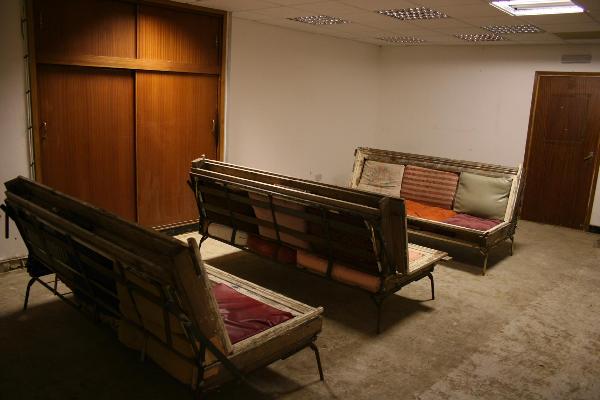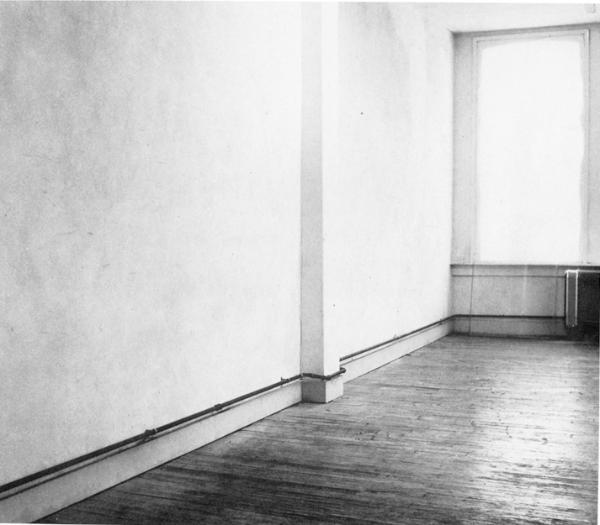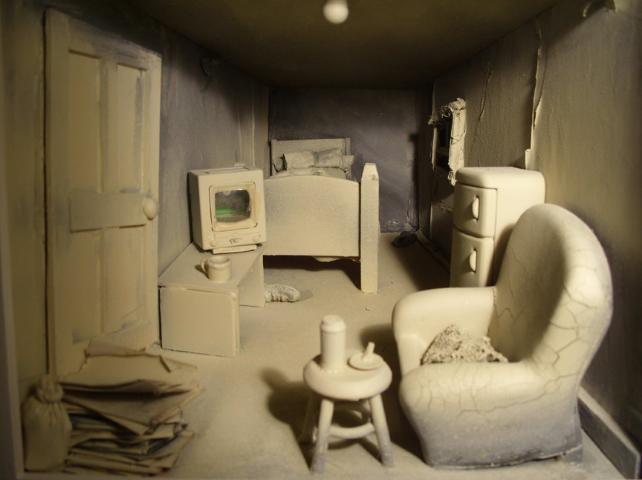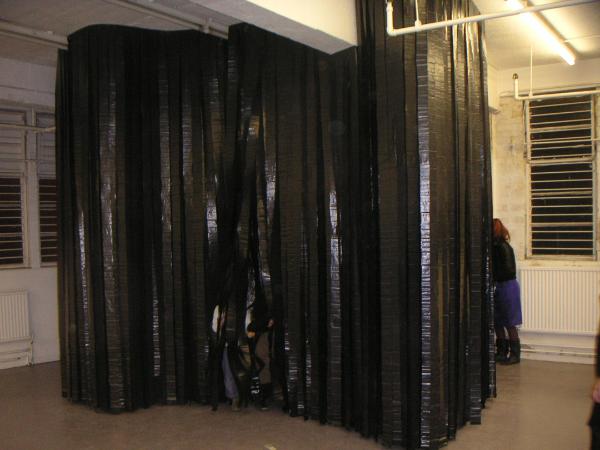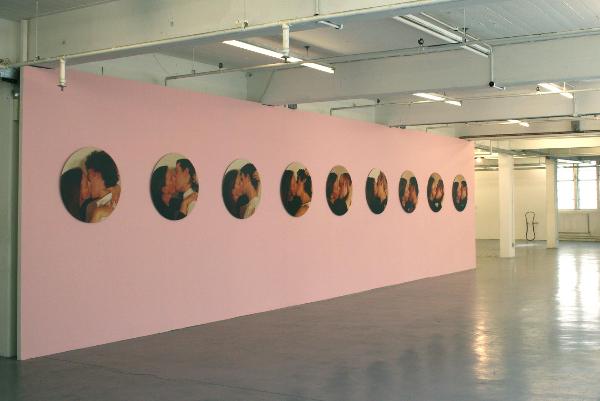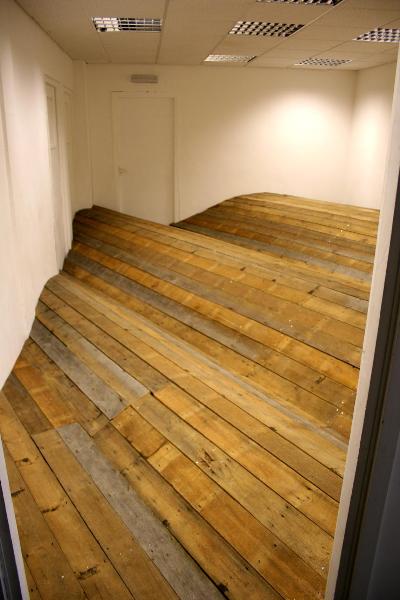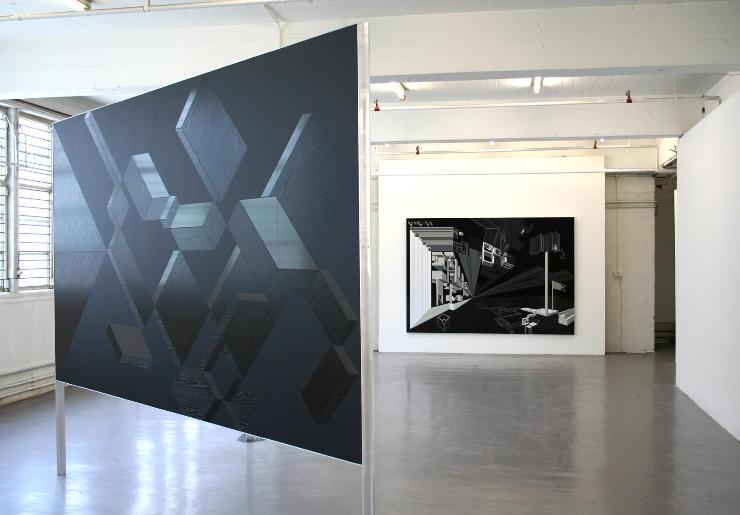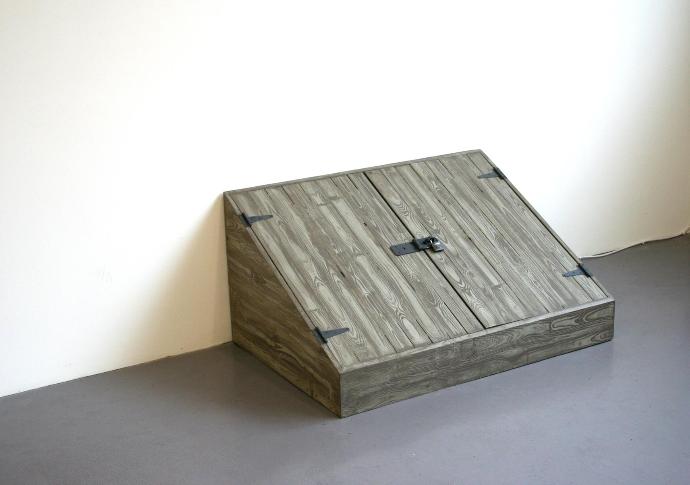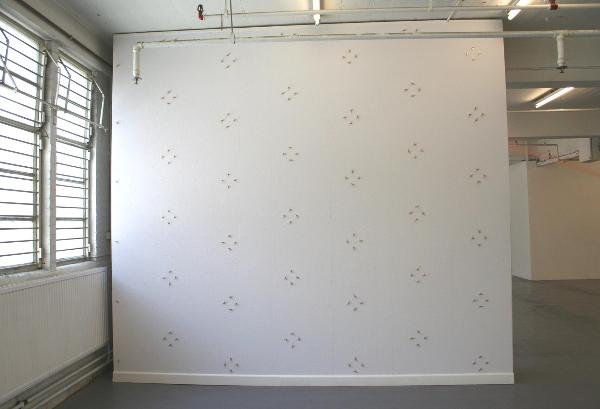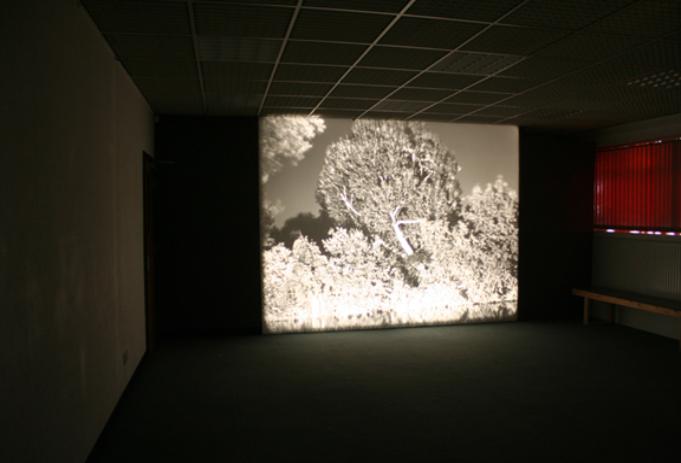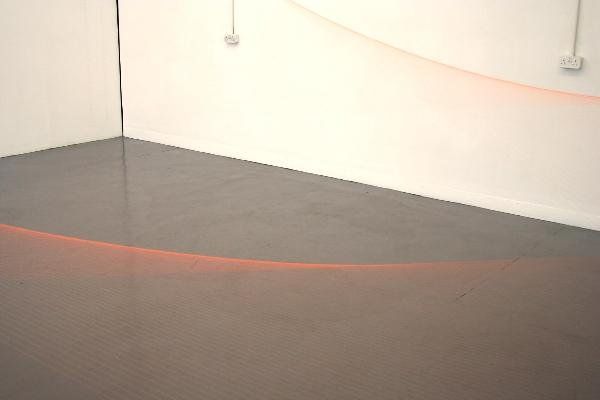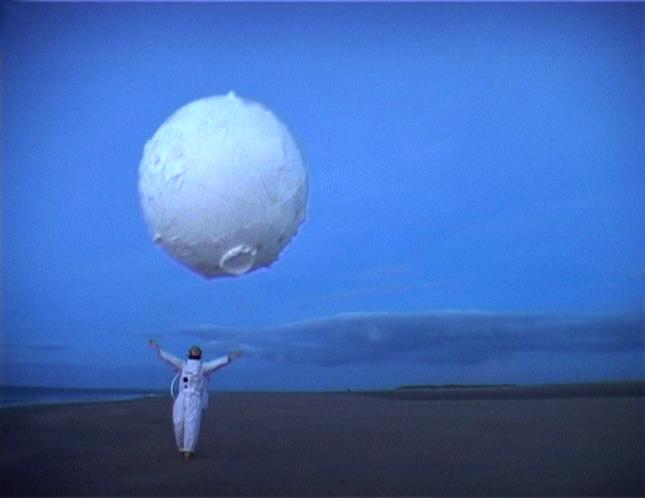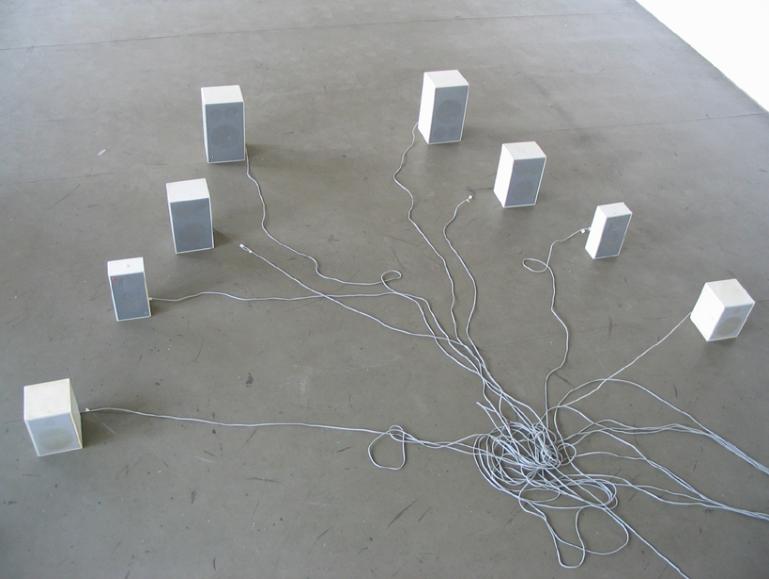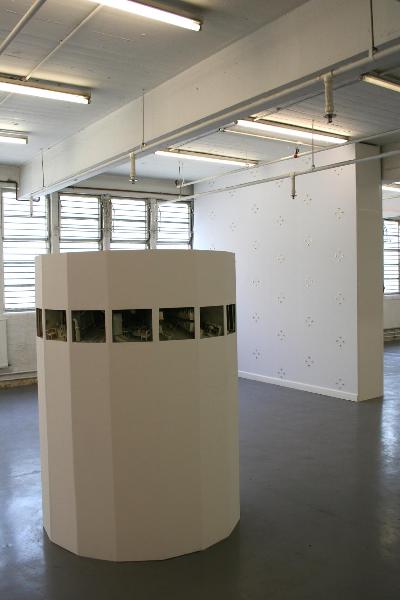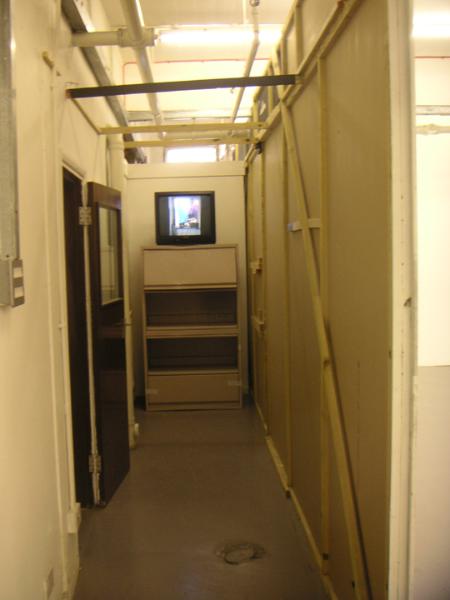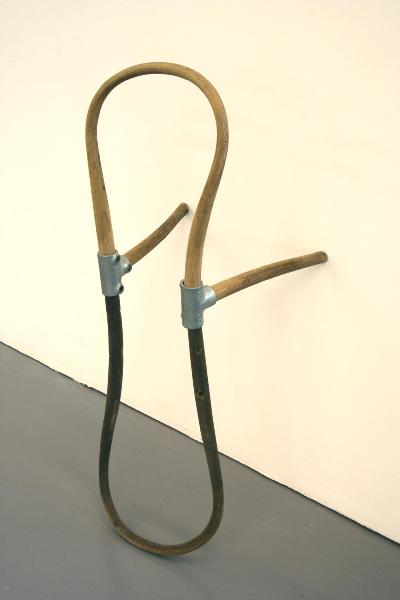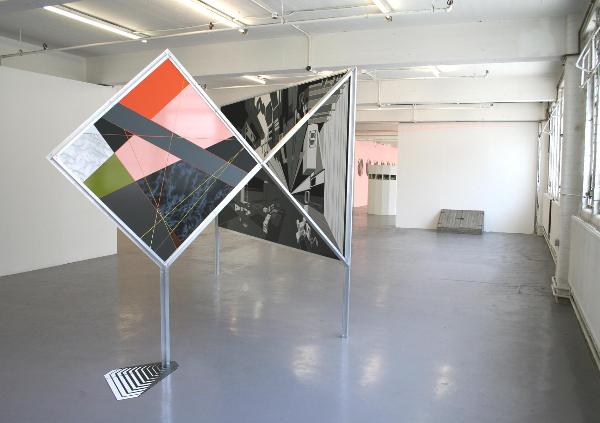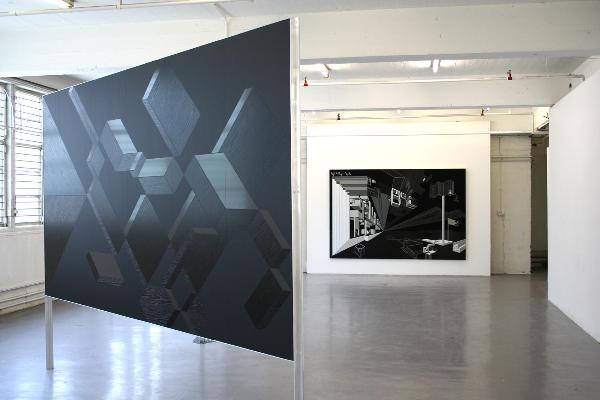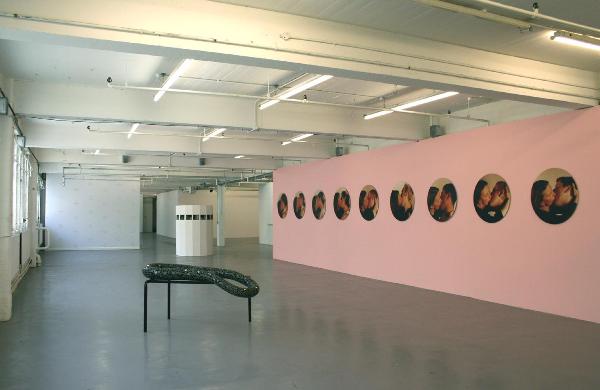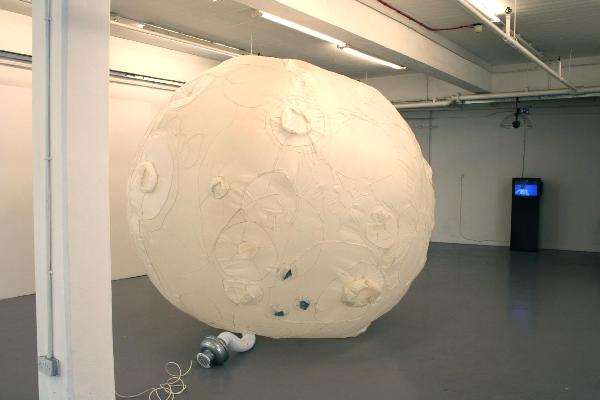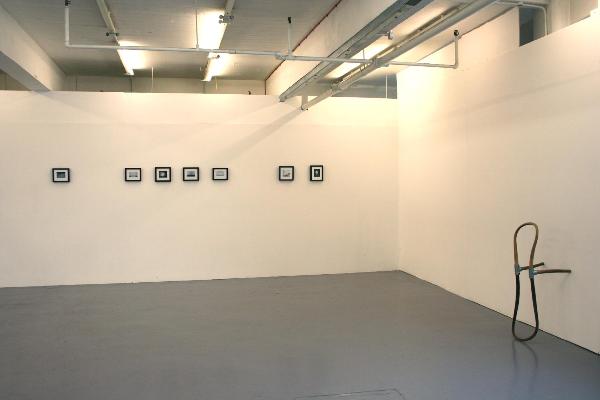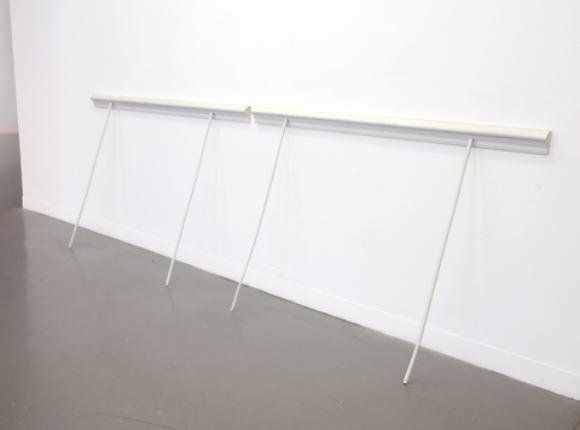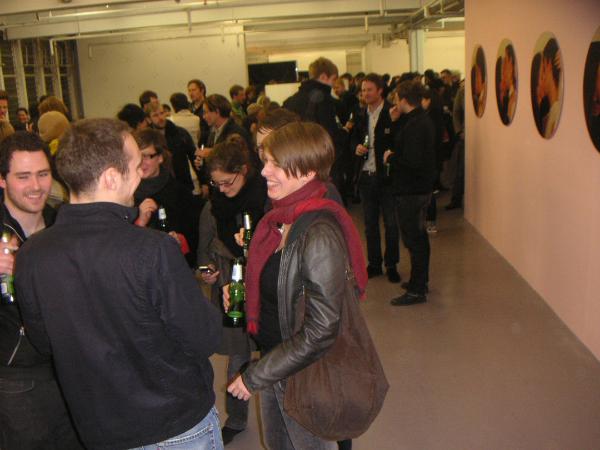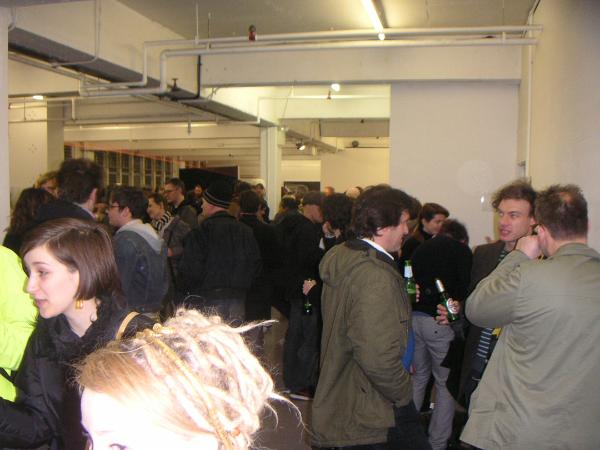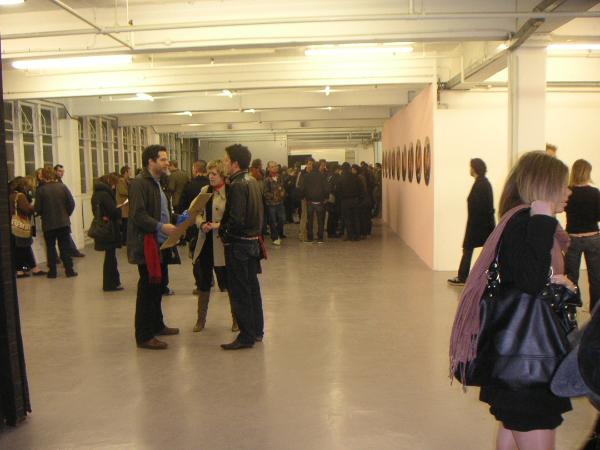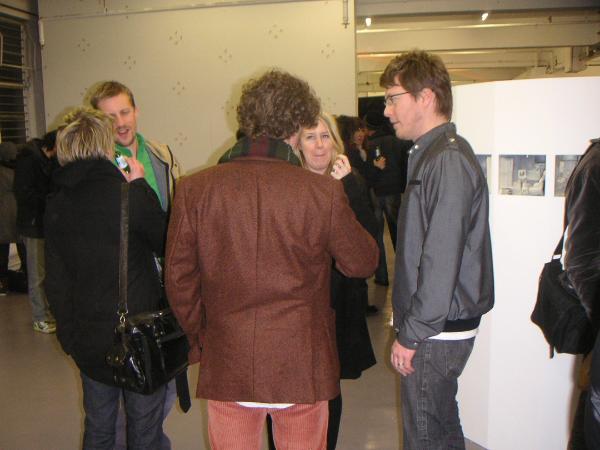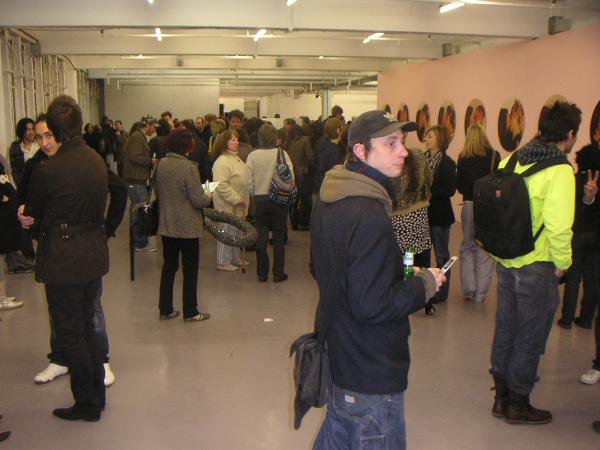PAUL CARTER
The Hotel As opposed to the studio
Could it be the studio hotel, replacing new constructions with existing ones a place to stay sleep. Window, work, seat, bed, window, work, seat, bed, Window, work, seat, bed, window, work, seat, bed, Window, work, seat, bed, window, work, seat, bed, Window, work, seat, bed, window, work, seat, bed, Window, work, seat, bed, window, work, seat, bed. Daily
After crossing the threshold of the hotel entrance, checking in taking the stairs in place of the lift, you have the room. Not just a room a reading room, eating room, sleeping room. Any room for constructions? fluids, toilet piss and shit, dirt and sink.
Making the hotel with windows extracted, open fenestration pulling the walls apart. Not self catering, served elsewhere
The location of the hotel, somewhere full of cultural creative goings on. Not self catering food and drink is served elsewhere
Other objects in the rooms Looking around nothing to be desired The bust, the heads sitting on boxes Legs coming out of walls a plastered foot as a door stop another foot as a lamp shade, shit and rubbish, shit is this the psychos room?
The cushions, lovely ones that make up sofas. Loving colours, patterns, smells, perfume, feet, hair, stains from all places, all shapes and sizes.
Out of the window. Literally through the window that is no longer there, onto the street, seat. The hotel architecture is small everywhere has to be bigger, full of things, useful, ugly, useless, desired, left, beautiful there is no and.
Expanding and contracting, the air in a lift shaft breathing buildings. Fold down sofa beds the exhale of cushions, the inhale of cushions, gone. No self catering today.

